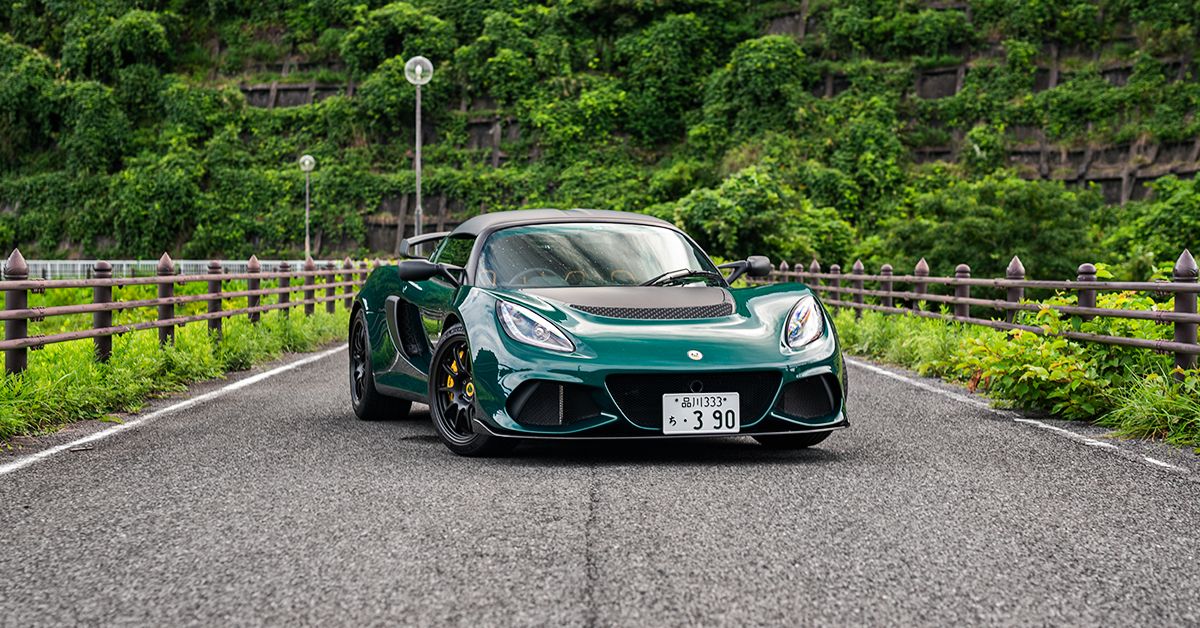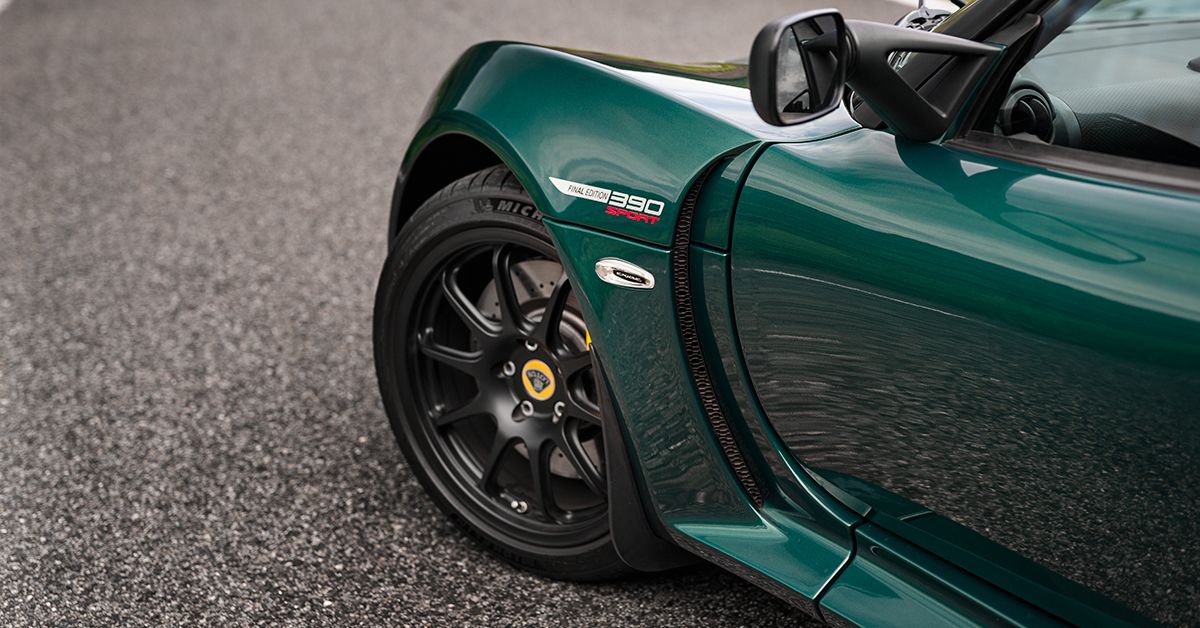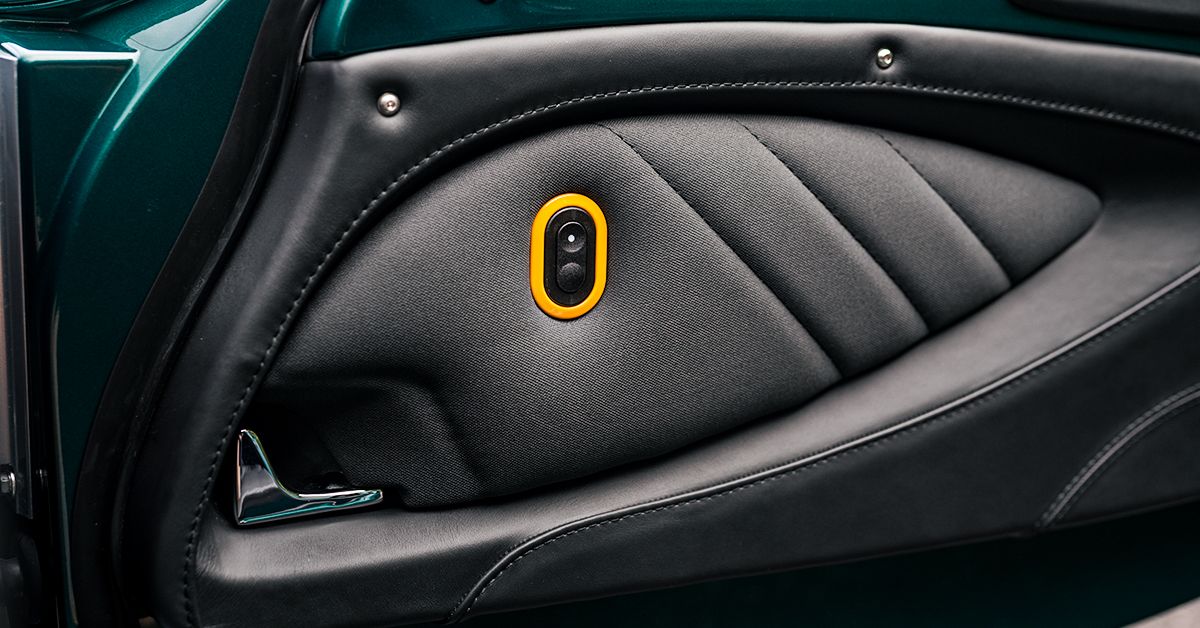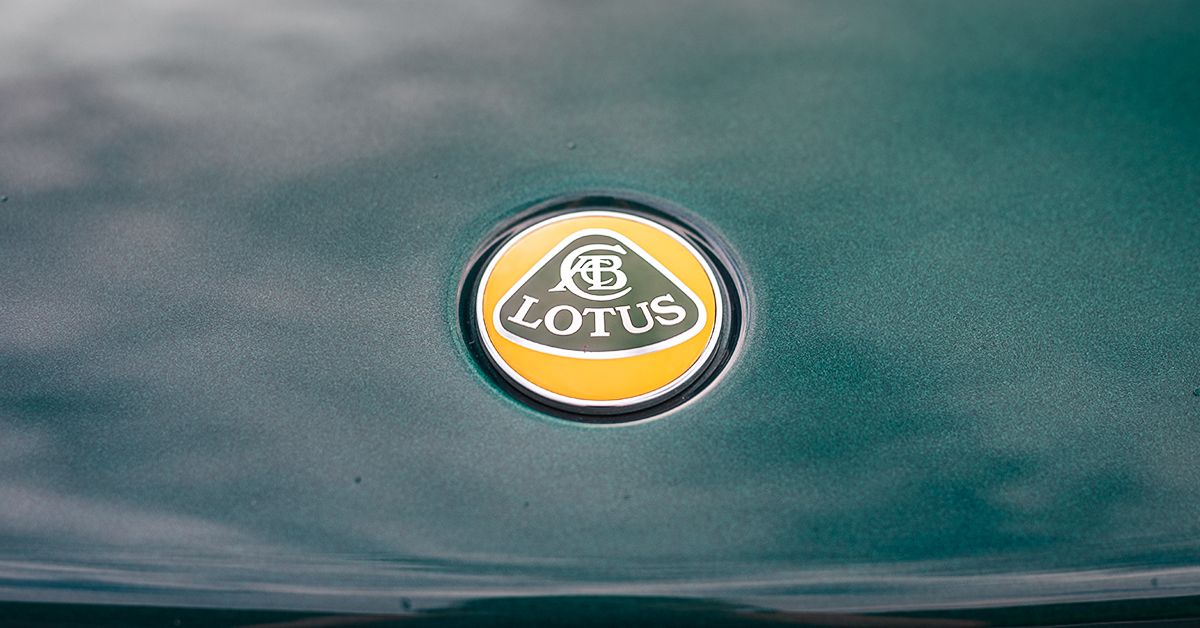Love has no boundaries. Distance is just a number. Despite being 10,000 km away from Lotus’s hometown of Hethel, Japan has always given Lotus’s sports cars a lot of attention. Numbers are here to prove it, as Japan officially became Lotus’s biggest new car sales market in 2019 and even the pandemic didn’t stop these numbers from growing. In 2021, Japan still remained one of the top markets for Lotus, beyond the UK itself.
This was of course not an overnight success and Lotus’s popularity in Japan has slowly and surely grown over the past decades. As it goes with any successful business, the product that was offered seemed to resonate extremely well with the local audience. From the lightness and raw performance of the car to Lotus’s motorsport successes in the '60s and '70s, both driving sensations and pop culture have helped the manufacturer gain more popularity, creating a long-lasting, faithful fanbase in the Land of the Rising Sun. Here is a look at the aspects that have made Lotus the influential brand that it is today in Japan.
Appearance In Manga
Pop culture has had a significant influence on audiences’ perspective of manufacturers for a long time, with popular movies now being key marketing platforms for automotive brands to showcase their latest models. It isn’t so different in Japan, except this influence isn’t simply limited to movies, as it is a country that possesses another highly influential pop culture tool: the manga.
Before 1990’s Initial D brought the Toyota AE86 “tofu car” to fame, there were other prominent car-centric mangas such as “Circuit Wolf.” First published in 1975, "Circuit Wolf" tells the story of protagonist Yuya Fubuki and his passion for racing. This has had a major impact on how people perceived foreign supercars as the story featured, most notably, the Lotus Europa as the protagonist’s car alongside other models such as the Ferrari Dino or Lamborghini Miura to name a few.
A Straightforward Car That Speaks To The Audience
As more hybrid technologies and electronics get involved, performance has increasingly evolved into complex engineering, yet Lotus’s recipe has remained simple. Relying on two main pillars, its weight and its engine, Lotus uses somewhat simple yet effective techniques to deliver addictive performance to the driver.
As a matter of fact, this uncomplicated way to improve performance is something that the Japanese automotive industry and its audience is very familiar with. In a country where tuning cars represents an entire culture, we only need to look at Toyota’s JZ engine, most notably made famous by the Supra, to understand the importance of a versatile engine.
Taking a closer look at Lotus’s supercharged 2GR-FE Toyota engine used in the Exige and Evora models, we find a few similarities in both stories. The 2GR-FE is reported to have a 295-314 hp output in stock form, which Lotus has been well able to tweak to up to 430 hp in the Exige Cup 430, proving its tuning potential. This Toyota engine can be found in the Camry, Alphard, and even in the Lexus ES. However, as it takes the form of a Lotus, Toyota has been able to showcase the brilliance of their engines, by delivering raw and thrilling driving sensations in such British rockets.
A Car That Resonates With The Japanese Way Of Life
When jumping into a Lotus, it is perhaps the cabin's austerity that strikes the most. It is a spartan environment that is generous enough to offer no more than a detachable stereo faceplate. Lotus interiors stick to the strict essential, stripping all possible sources of distraction and allowing drivers to focus only on what matters. This idea of simplicity highly contrasts with notions of opulence and materialism, which resonates with concepts of minimalism and purity that are widely present in Japan.
Shibui is a word that encapsulates and defines what is simple, unobtrusive, and austere, and is often used to describe aesthetics, objects, or characteristics. Then, there is the notion of wabi sabi that defines the idea of what is imperfect, opposed to the Western ideals of chasing perfection, of what is enduring and monumental. Though probably not intentional, Lotus has been able to create cars that align with such widely known philosophy in Japan, by shifting focus from what is visible to what is imperceptible. Or, in other words, by shifting priorities from aesthetics and other comforts to emphasizing driving sensations.
Perpetuating The Lotus Legacy With The Emira
With the upcoming models announced between the Emira and the Type 132, Lotus is not only introducing new design codes, but it is also stepping away from its ICE models. While Lotus’s electric future has not been fully revealed yet, their last ICE car, the Emira, is getting closer to being delivered to its first customers. Some of the things we love are left behind, but it overall stays faithful to the Lotus brand. The Emira will keep the same Toyota engine and the new futuristic design is very much reminiscent of Lotus design codes. While the interior has transformed into a much fancier environment, it remains minimal and devoid of any unnecessary distractions.
So far, the first batch of Emira models is already sold out, according to the Lotus Cars Japan team. This is a very encouraging sign that proves the never-fading enthusiasm of Japanese Lotus fans. However, the arrival of an electric SUV will likely be a more important test to see whether fans will shy away from a vehicle of a different nature or whether it will bring a new wave of fans to the Lotus family.




